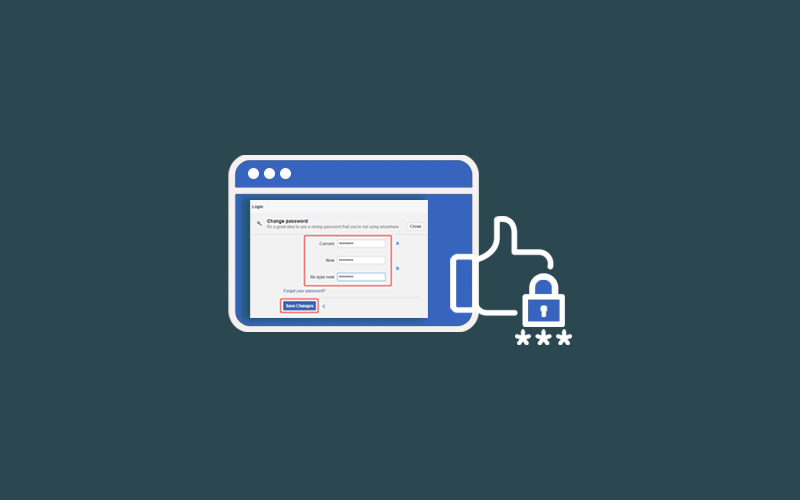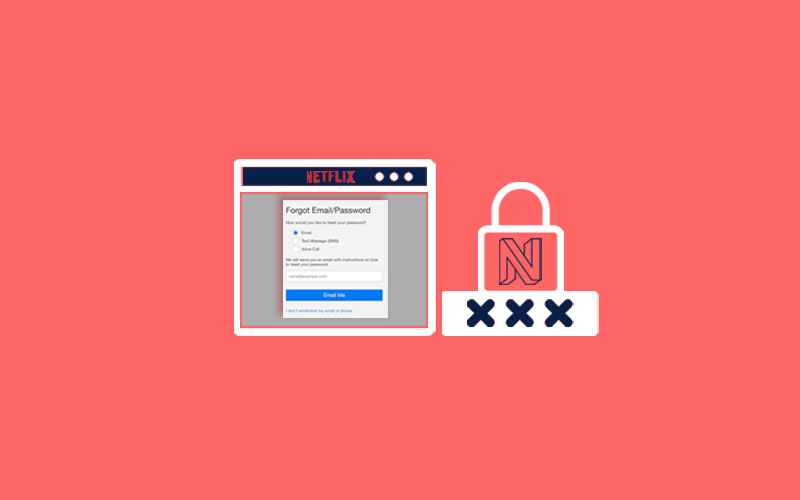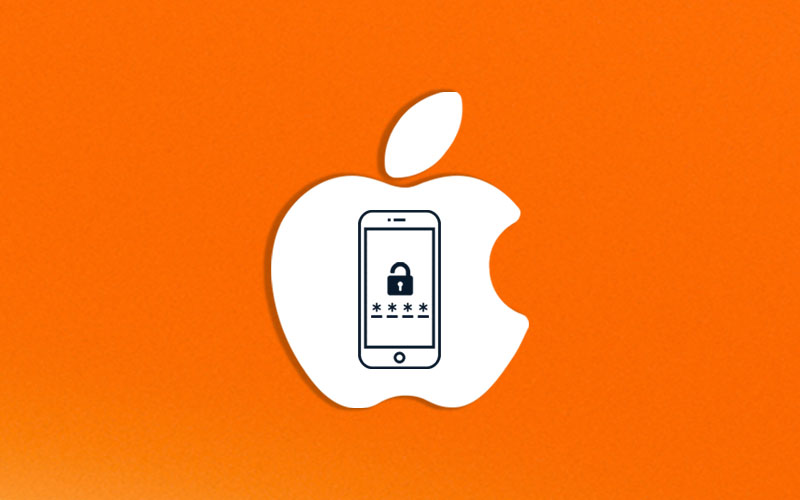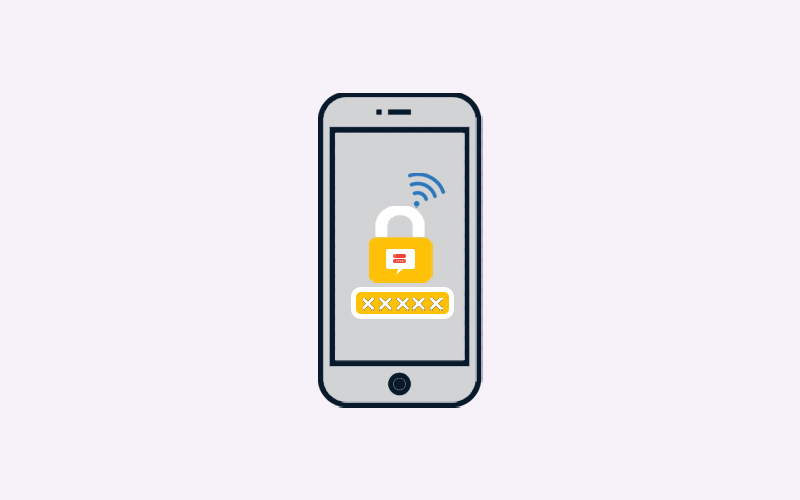How to Password Protect a Folder
If your pc used by lots of persons and you always feeling insecure about your data under folder, then you should encrypt your file or folder with a password. Yes, whether you use Windows or macOS, both pc offers the default option to password protect a folder. If you don’t know how to do so; here’s how to password protect a folder.
How to Password Protect a Folder on Windows
Here’s how to password protect a folder?
1. First of all, open Windows Explorer and locate the folder you want to password protect, and then right-click on it.
2. Now, click Properties>Advanced.

3. Now, see at the bottom of the Advanced Attributes menu that appears, check the box labeled, “Encrypt contents to secure data.”

4. Click OK and then Apply in order to return to the main windows.
5. Now, on the “Confirm Attributes Changes” windows, you need to select between “Apply changes to this folder only” or “Apply changed to this folder, subfolder, and files.”

6. Select Ok and a notification prompting you to back up your file encryption key will appear.
7. Now, click “Backup now.” Insert a USB flash drive into your computer, and follow the on-screen instructions to create your encryption certificate and export it to the USB drive.
How to Password Protect a Folder on Mac
Mac users can password protect individual folders without third-party software by using the operating system’s Disk Utility app. Here’s how to do it:
1. First of all, open Disk Utility on your Mac from the Finder, you can open it via “Applications >Utilities.”
2. Go to File > New Image > Image from Folder.

Note: The keyboard shortcut is Command+Shift+N
3. Locate and choose the folder you want to protect with a password, then select Choose.
4. Change the Encryption type to 128-big AES encryption (recommended) or 256-bit AES encryption. Now, you need to enter your password in both boxes, and then select Choose.

5. Now, you need to select the Image Format drop-down menu, then choose read/write.
Note: You can give the DMG File a custom name and choose a different location to save it.

6. Finally, hit “Save.” Wait while the password-protected folder is created. You will see an “Operation Successful” message once it will be done.
7. Finally, Done to close the prompt.
How to Password Protect a Folder using Tool
Since most previous versions of Windows do not provide password-protect file features. If you want to password protect a folder, and then you need to use a third-party application such as 7-Zip. 7-Zip is a free and open-source file archive utility that protects folders with a password.
Here’s how to password protect a folder using 7-Zip tool
1.Download 7-Zip and install it on your computer and find the folder you want to password protect.
2. Now, right-click it, then choose 7-Zip>Add to archive.

3. Now, in the Encryption section, you need to enter your password and then select Ok.

Note: If you want you can change other attributes and settings for the compressed folder. These settings include the archive format (it’s 7Z by default), the location where the archive stored, and the compression level.
4. Now, you can test the password-protected folder by opening it in Windows Explorer. You should see a password prompt.

5. Going forward, anyone attempting to view or extract the files within the archive is required to enter a password.
Note: You can still check the original folder on the computer and can be accessed without a password. Only the newly-created archive file is protected by a password. Now, delete the original folder in Windows Explorer.
How to Password Protect a File/Folder using VeraCrypt
VeraCrypt is a free, cross-platform data security tool that can encrypt your files any way you need. VeraCrypt comes with full disk encryption but can encrypt at the volume level as well. VeraCrypt supports AES, Serpent, and TwoFish keys as well.
Users can choose whether to encrypt specific folders or entire systems. VeraCrypt may appear intimidating at first glance due to its unfriendly user interface, but it is actually quite simple once you get the hang of it. The software functions similarly to the Daemon tools, which can create a virtual CD drive on your computer.
1. Download VeraCrypt the setup file for Windows and install the software on your pc, and then follow these instructions.
2. Now, you need to create a volume in order to start-essentially an encrypted folder where your data will go. Click on “Create Volume.”

3. Now, you need to “Create an encrypted file container and click Next.
4. VeraCrypt also gives you the option to create a normal, visible container or an invisible one. For example, we choose “Standard VeraCrypt volume.” But feel free to choose whichever one is best for you.

5. Now, “Select File” and navigate to where you wish to store your encrypted container. Click Save.
6. The next section essentially asks what encryption method you want to use. Again, we suggest AES-256, the strongest encryption used today, and then click Next.

7.Now, you need to assign how much space you wish the encrypted folder to have.
8. Finally, you need to enter the password you wish to use for your volume and click Next. Make sure you choose a strong & secure password.
9. VeraCrypt will not ready to create your container. The tool can also use random mouse movements to create your encryption key and encrypt the folder. Feel free to move your mouse around a lot because that makes the encryption key stronger-you need to practice this until the bar at the bottom reaches the end.
10. Finally, click Format, and your first encrypted volume should now be sitting in its designated folder.

Tips to Protect Computer Files and Folders
This is really difficult to secure files and folders on computers from a determined hacker, so it’s good to apply smart security protocols and other privacy tools when possible.
Use Antivirus Software
Use Waredot Antivirus to protect your system including computer files, folders, applications, online accounts, passwords and so on. It protects your pc from viruses, malware, spyware, ransomware, Trojans and etc. Waredot Antivirus offers 3-scan mode that benefits to select scanning and viruses removal for any individual files or folders and it saves your valuable time as well.
Use Compression Tool
The very first tip that you can archive sensitive files, compress them, and encrypt the contents with a required password.
Use Third-Party Software
There are number of programs available to help you encrypt data or passwords protect folders and files. For example 7-Zip
Back up Important Files
If you already encrypted your files or folder with a password, it can still be deleted. Make sure to keep a backup of all your important files or folders.
Keep Track of Passwords
Use password managers to keep track of your important files and folder passwords. A password manager manages all your passwords and helps you in the situation when you forgot your passwords.
Use Anti-Malware
Anti-Malware scans the virus or malware on your pc and even individual files or folders in order to keep your whole system safe as well as individual files and folders.
Summary
Hey guys! This was the guide about “how to password protect a folder.” Here we’ve discussed few ways to protect your folder with a password on Windows and Mac. You can also perform some tips to protect your folders on pc.
Hope you find this article helpful and informative. If you’ve any queries regarding this article, please let us know in the comment section. We would glad to answer you!














